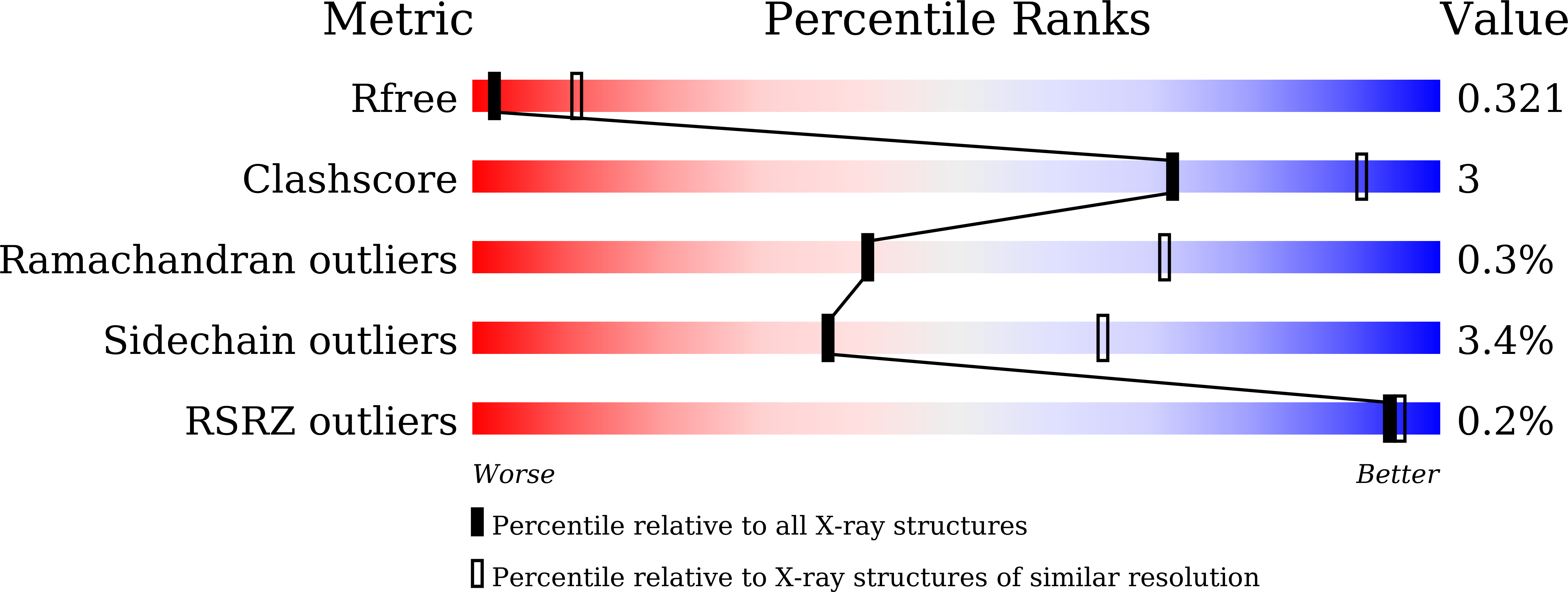
Deposition Date
2020-09-30
Release Date
2021-02-03
Last Version Date
2024-11-20
Method Details:
Experimental Method:
Resolution:
3.29 Å
R-Value Free:
0.32
R-Value Work:
0.27
R-Value Observed:
0.27
Space Group:
P 1 21 1


